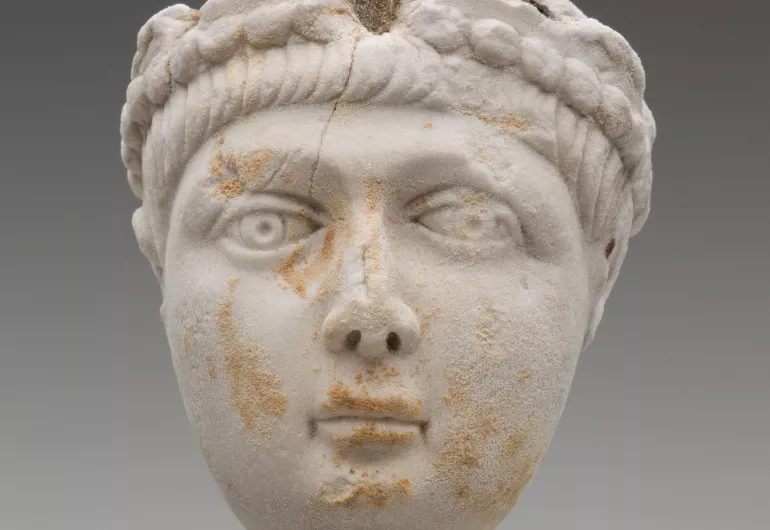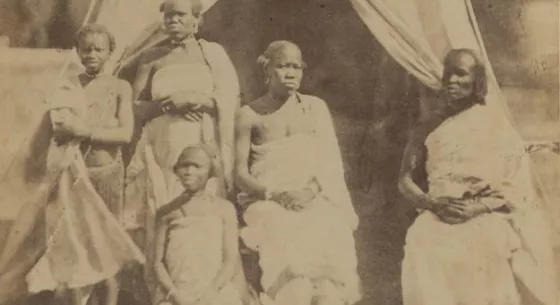Dr. Susanna Elm
Sidney H. Ehrman Professor of History and Ancient Greek and Roman Studies
University of California, Berkeley
The Roman emperor Constantine the Great is usually considered the first Christian Roman emperor. It is certainly true that Constantine adopted Christianity and made it a legal Roman religion, but the emperor who really laid the foundation for Christian rulership was the emperor Theodosius, also the Great, some sixty years later. Theodosius, like Constantine and most other Roman emperors before him, was considered most sacred and divine. As divine ruler he embodied and represented the apex of virtue, of everything Romans considered essential in a man and leader—virtue in fact derives from the Latin word vir, meaning elite male. How then did Theodosius transform Roman imperial rule into a Christian ideal? How did he conceive of himself as the most sacred and divine yet Christian emperor and vir? What should such a divine Christian Roman ruler look like? Pacatus' panegyric praising the emperor Theodosius offers essential insights into the signal transformation of the divine Roman emperor into a Christian ruler Theodosius initiated and that was to last for centuries to come.
For those who attend in person, a public reception will be held outside the Best Buy Theater following the event.
Presented in partnership by the Institute of Advanced Study and the Department of History as the 2022 Annual Lauritsen Lecture. [https://cla.umn.edu/history/research/lauritsen-lecture] Co-sponsored by the the Department of Classical and Near Eastern Religions and Cultures, the Center for Premodern Studies, the First Millennium Workshop, and the Religious Studies Program.









